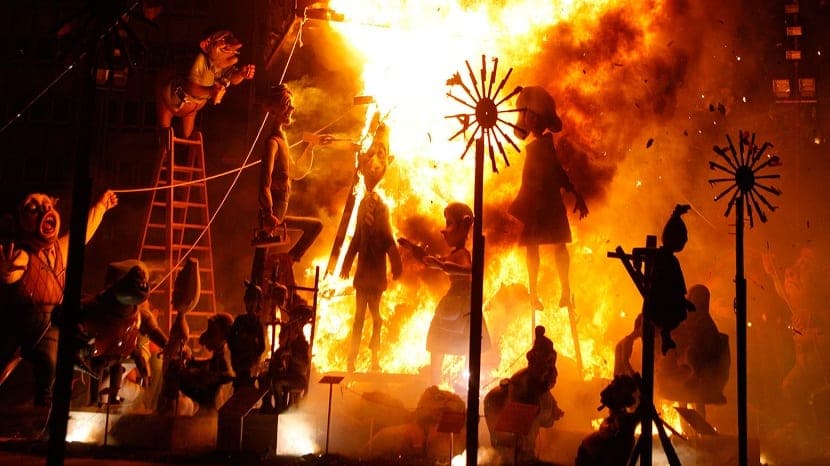
From March 15 to 19, Valencia will be immersed in the Fallas, its big party. A fire and sound show in which any activity has an interest. This will be its first year as an Intangible Heritage of Humanity by UNESCO.
After two years of intense promotion in support of the Las Fallas candidacy, this popular Valencian festival was finally recognized with this honor in 2016.
On the occasion of this anniversary we review what the origin of Las Fallas is, what reasons have made them worthy of such recognition, what are its most exciting moments and what other Valencian heritages were also awarded by Unesco.
Origin of the Fallas
The first written documentation in which Las Fallas is mentioned dates from the XNUMXth century. There are many theories about the origin of these popular festivals that they are also one of the oldest in Spain.
The most widespread belief is that they were born in the bosom of the Valencia carpenters' union, who on the eve of San José, their patron, burned the stick on which they held the lamp to work at night in front of their workshops. This stick was joined by old junk that evolved to the current fallas.
Every year around 700 fallas are planted in Valencia. The most spectacular are usually those included in the Special Section. The Town Hall, the Convent and the Pilar never disappoint but there are many more so you will need comfortable shoes and a map (available at tourist offices) to visit them all.
Fallas, a World Heritage Site
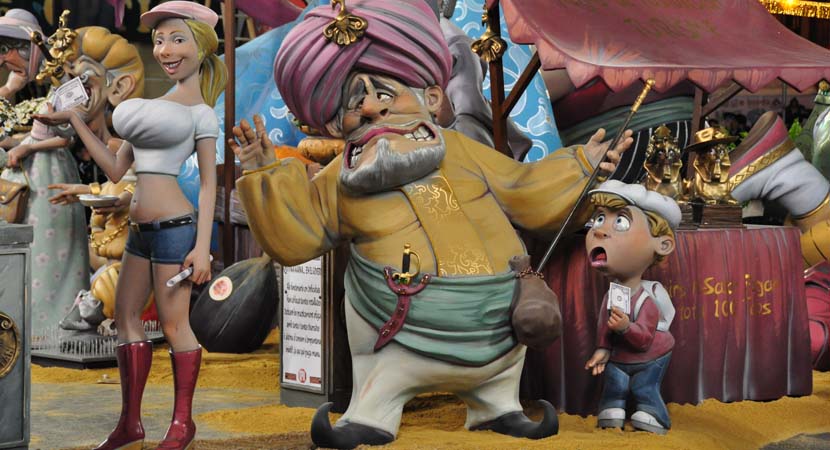
Last year the Unesco secretariat announced that the Fallas of Valencia became part of the representative list of the Intangible Heritage of Humanity by meeting the basic criteria established by Unesco. Some of which are their openness to any social and age group, their compatibility with human rights, their creativity in the arts and crafts, the participation of women in their planning and implementation, etc.
The most exciting moments of Las Fallas
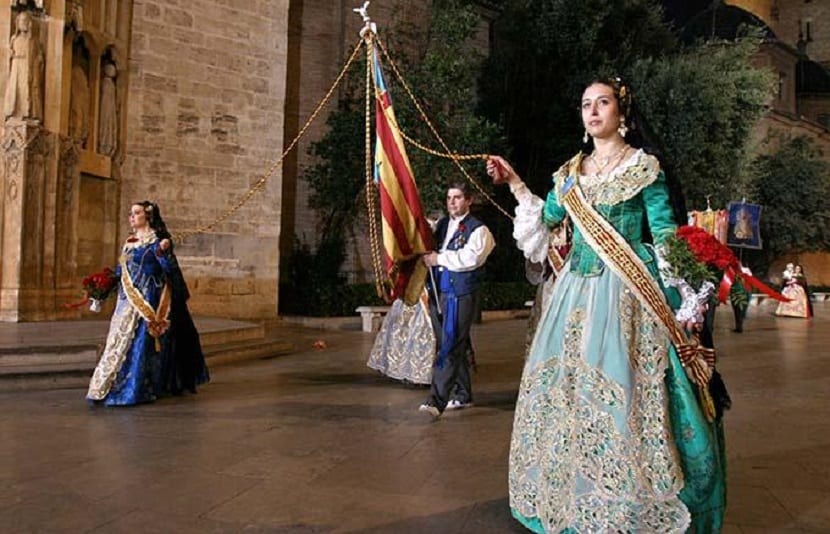
- La Cridà symbolizes the beginning of the Fallas of Valencia. In Valencian, this word means "call" and in this act the major falleras of Valencia, invite locals and visitors to actively participate in the party. La Cridà takes place in the Torres de Serranos on the last Sunday of February, one of the most important monuments in the city and worth visiting.
- La Plantá takes place on March 16 but we can have an aperitif of these works by visiting the Ninot Exhibition. In this exhibition one of each fallas commission is collected, which undoubtedly allows us to get an idea of the quality of the fallas that will be seen in that year. Among all the ninots that are collected here, the most voted will be pardoned from the burning.
- One of the most interesting events held during Las Fallas is the Cabalgata de Fuego. It takes place on March 19 and is the prelude to the famous Nit del Foc, when the fallas are burned. It is a parade with music, dancers and fire carried by the so-called demons. Only a few hours later the flames turn to ashes the monuments that have adorned the city for days.
- Between the fire, the music and the pyrotechnics, Las Fallas have a quiet moment to organize the beautiful and traditional offering of flowers to the Virgen de los Desamparados, one of the most emblematic events of the party. For almost two days, hundreds of falleros dressed in typical costumes and accompanied by musical parades, bring flowers to the Virgin to honor her and to cover her fifteen-meter-high mantle.
Other heritage of Valencia recognized by UNESCO
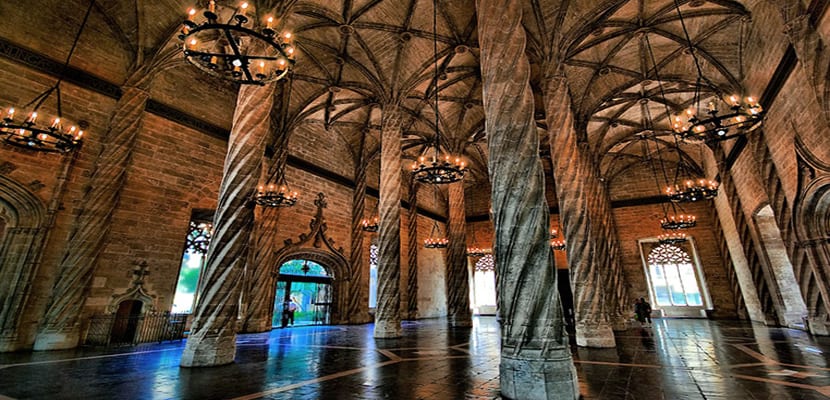
Silk Exchange | Image via The Iberian Peninsula
The Lonja de la Seda was included in the category of Cultural Assets on the World Heritage list in 1996, in which since 1998 the Mediterranean Rock Art of the Iberian Peninsula is also found.
In this way, Las Fallas became part of a list that also contains the Elche Mystery since 2001, the Valencia Water Court in 2009 and the Mare de Déu de la Salut de Algemesí Festival in 2011 .
Tips for visiting Valencia during Las Fallas
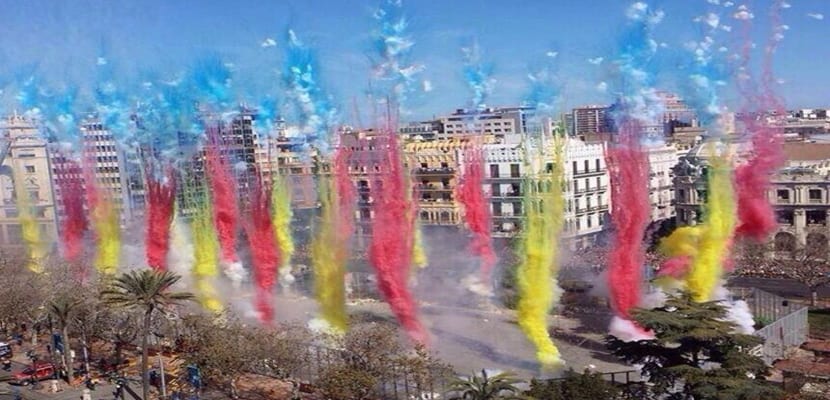
- Book accommodation well in advance, as these are very crowded festivities and at the last minute it will be almost impossible to find available rooms.
- To move around the city, it is recommended to use public transport since there will be no parking problems, you will arrive earlier and you will not suffer traffic cuts in some streets.
- To visit Valencia during Las Fallas, wear comfortable shoes and clothes. Don't forget ear plugs to protect you from mascletás. If you are not used to it, it is better not to expose yourself as the noise is very high and can be annoying.